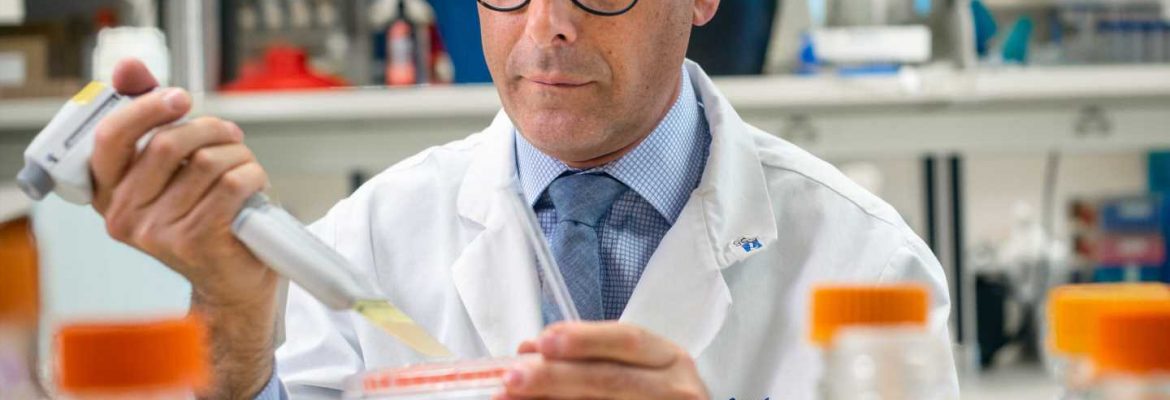World’s largest islet transplant program celebrates 20 years of changing lives for people with diabetes

After 20 years of perfecting their technique, the team behind the largest islet cell transplant program in the world reports the procedure is a safe, reliable and life-changing treatment for people with hard-to-control diabetes.
In results published this week in The Lancet Diabetes & Endocrinology, the researchers report on patient survival, graft survival, insulin independence and protection from life-threatening low blood sugars for 255 patients who have received a total of more than 700 infusions of islets at the University of Alberta Hospital over the past two decades.
“We’ve shown very clearly that islet transplantation is an effective therapy for patients with difficult-to-control type 1 diabetes,” says James Shapiro, professor of surgery at the University of Alberta, Canada Research Chair in regenerative medicine and transplant surgery, and lead of the team that developed what has become known as the Edmonton Protocol. “This long-term safety data gives us confidence that we are doing the right thing.”
“This data shows really strong proof that cell-based therapies can deliver a meaningful and transformative impact for people with diabetes,” says Peter Senior, Charles A. Allard Chair in Diabetes Research and director of the Alberta Diabetes Institute at the U of A. “We are delivering something which all other treatments for diabetes don’t deliver—there’s a comfort, a predictability, a stability to blood sugar levels that don’t exist with anything else.”
Islets are clusters of cells which produce insulin, a hormone that allows the body to control the flow of energy from food, storing the excess after meals and releasing it to allow the body to function between meals. In type 1 diabetes, the immune system mistakenly destroys the cells within islets so patients have to take insulin by injection. Patients with hard-to-control or “brittle” diabetes face life-threatening low or high blood sugars and long-term complications.
Between March 1999 and October 2019, 255 patients received islet transplants by infusion into their livers. Seventy percent of the grafts survived for a median time of nearly six years. The researchers reported that a combination of two anti-inflammatory medications given during the first two weeks following transplant significantly increased long-term islet function.
The transplant recipients have to take lifelong immunosuppression drugs, which in some cases lead to skin cancer or infection, but most such complications were not fatal during the study period.
Seventy-nine percent of the transplant recipients were able to stop taking insulin after two or more islet infusions and a median time of 95 days following the first transplant. Sixty-one percent were still insulin-independent a year later, 32 percent at five years and eight percent after 20 years, the researchers reported. While most patients had to resume taking insulin injections, the doses were usually much smaller than their original needs and their diabetes control was better.
“Being completely free of insulin is not the main goal,” says Shapiro. “It’s a big bonus, obviously, but the biggest goal for the patient—when their life has been incapacitated by wild, inadequate control of blood sugar and dangerous lows and highs—is being able to stabilize. It is transformational.”
Edmonton’s is the world’s largest islet transplant program, but such transplants are now also carried out in other Canadian cities, Switzerland, France, Australia and the United Kingdom. Shapiro hopes the results will build confidence in the procedure in places where it is only available on an experimental basis, such as the United States.
Shapiro will continue to focus on finding a more plentiful supply of islet cells to replace the current reliance on deceased donors. Human trials have already shown success using stem cells programmed to produce insulin. Trials have just started to transplant cells that have been gene edited to make them invisible to the immune system.
Source: Read Full Article
